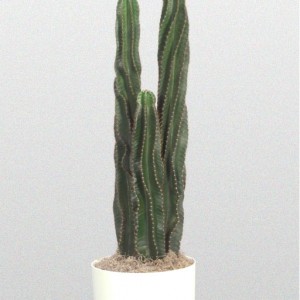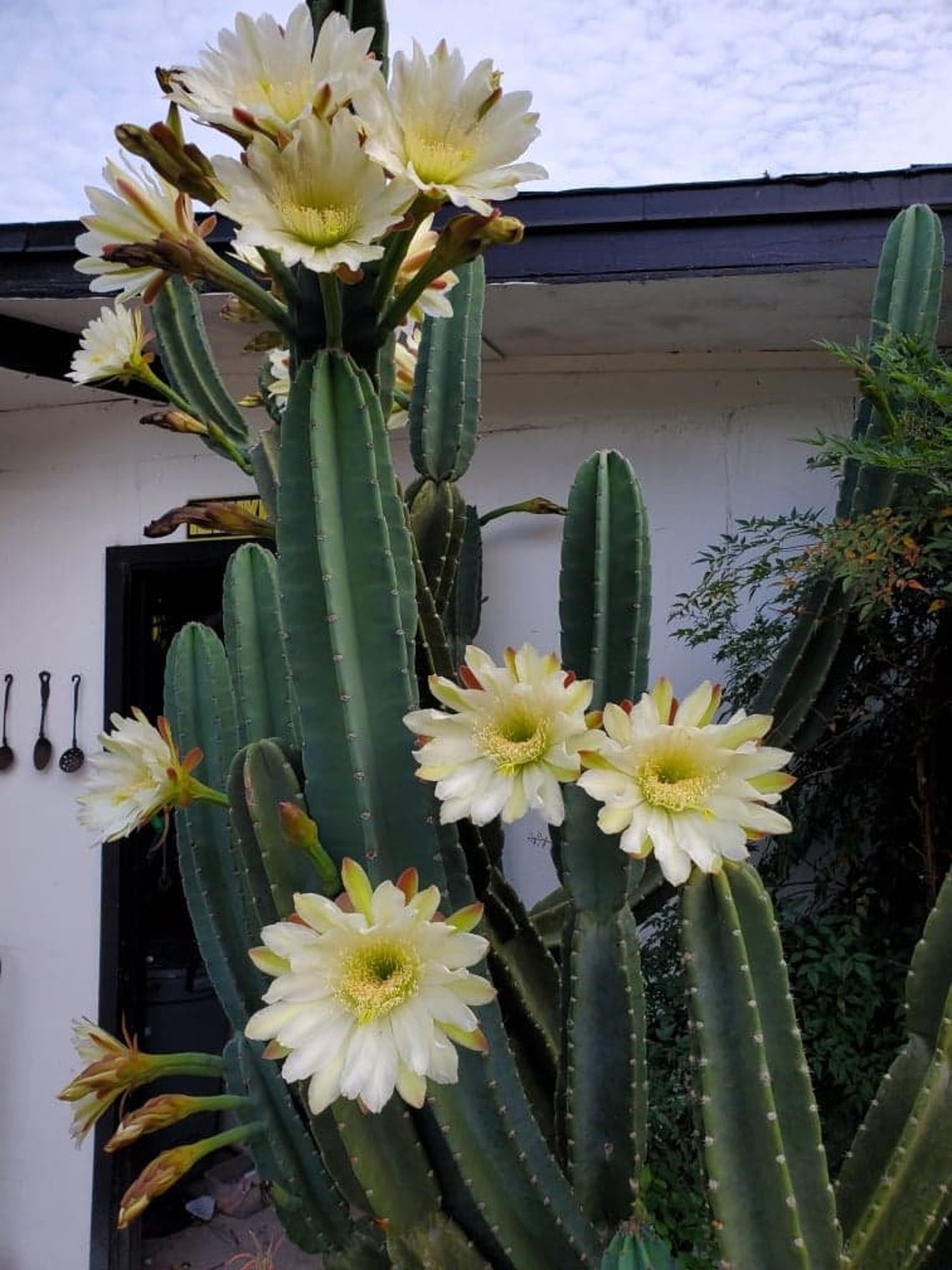

I looked for any other common names, and found that in parts of the Caribbean and South America, the common name is kadushi (also spelled cadushi), from the word for the plant in the Wayyuu Arawak language of Venezuela, where this species is from. This name is kind of awkwardly long, as well as misleading – the fruit is nothing at all like an apple.

In Florida, among English speakers Cereus repandus is often called Peruvian apple cactus. The experience of eating it is similar to eating dragonfruit, although some people think kadushi fruit tastes better.Ī note on the common name. The texture is like a cross between sweetened shaved ice and watermelon, and the flavor is like kiwifruit and flowers. The flesh of kadushi (Cereus repandus) fruit is white, flecked with small black seeds. I’ve heard that the flesh is especially good as a dehydrated fruit. Reportedly fruit quality varies considerably from clone to clone, with some cultivars having bland fruits, and others with sweet flavorful ones. The small seeds provide a pleasant crunch. The flesh has a texture like watermelon flesh, with flavors resembling sweetened shaved ice and kiwifruit, along with floral notes. The fruits I’ve eaten have a complex aroma reminding me of candy and flowers. Its fruit is up to 4 inches (10 cm), with a red leathery inedible skin, and a white flesh speckled with black seeds. Kadushi, Cereus repandus (aka Cereus peruvianus), is a tall, columnar, multi-stemmed cactus native to South America. While another group of fruiting cactus species, dragon fruit (Hylocereus & Stenocereus spp.) has exploded in popularity in recent years, kadushi has been largely overlooked as fruit producer, despite possibly having at least as much potential, and maybe even some advantages over dragon fruit. I’ve started growing kadushi (aka Peruvian apple cactus), and I’m getting increasingly excited about its potential for fruit production. The fruits are tasty, and the plants are productive, yielding multiple crops per year. In areas where summers are excessively hot and dry, some irrigation may be necessary especially to induce healthy fruit production.Kadushi (aka Peruvian apple cactus), Cereus repandus, seems to have considerable potential as a fruit crop. They are a hardy cactus that thrives in hot arid climates but can withstand temperatures down to 20 degrees F. The fruits are able to grow year-round and are even exported to Europe where they are known as Koubo fruit.ĭespite the name, Peruvian Apple cactus are actually native to Brazil, Uruguay and Argentina. The groves of cacti are now replacing old orchards that once required large amounts of water. The Peruvian Apple cactus is fast becoming an important cash crop in Israel where water shortages are an increasing problem for the farming industry. Dice the flesh and add to salads, smoothies, fruit salsas or desserts. They are best enjoyed raw and may simply be eaten out of hand or prepared similarly to Dragon Fruit. Peel away the outer skin or cut the fruit in half and scoop out the soft white interior. To prepare the fruit of the Peruvian Apple cactus, select firm fruits that have just barely begun to split open and lack any bruising. The fruit of the Peruvian Apple cactus may be foraged in the wild or found commercially cultivated, especially in Israel.

The genus name Cereus, isin for ‘torch’ perhaps alluding to the brilliant white flowers that bloom at night giving the effect of a flame at the top of its stem. The correct botanically classification is Cereus repandus, though it is sometimes incorrectly referred to as C. The Peruvian Apple cactus is also known as Hedge cactus, Giant Club cactus and Night Blooming Cereus. Peruvian Apple cactus fruit is available in the fall and sporadically throughout the winter.

The fruits’ texture has been likened to shaved ice, crunchy and juicy, with a subtle tartness and a floral sweetness similar to sugarcane. Its magenta-red skin will split open when ripe to reveal a white fleshy interior speled with tiny black seeds like those of a kiwi. The fruit of the Peruvian Apple cactus is strikingly similar looking to Dragon Fruit, but lacks the leafy scale-like structure and is instead completely smooth and spherical. It is a relatively smooth cactus with sparse but coarse spines that cover its deeply convoluted gray-green exterior. The Peruvian Apple cactus is a slow growing columnar cactus that can reach heights of up to 15 meters with multiple branching arms.


 0 kommentar(er)
0 kommentar(er)
